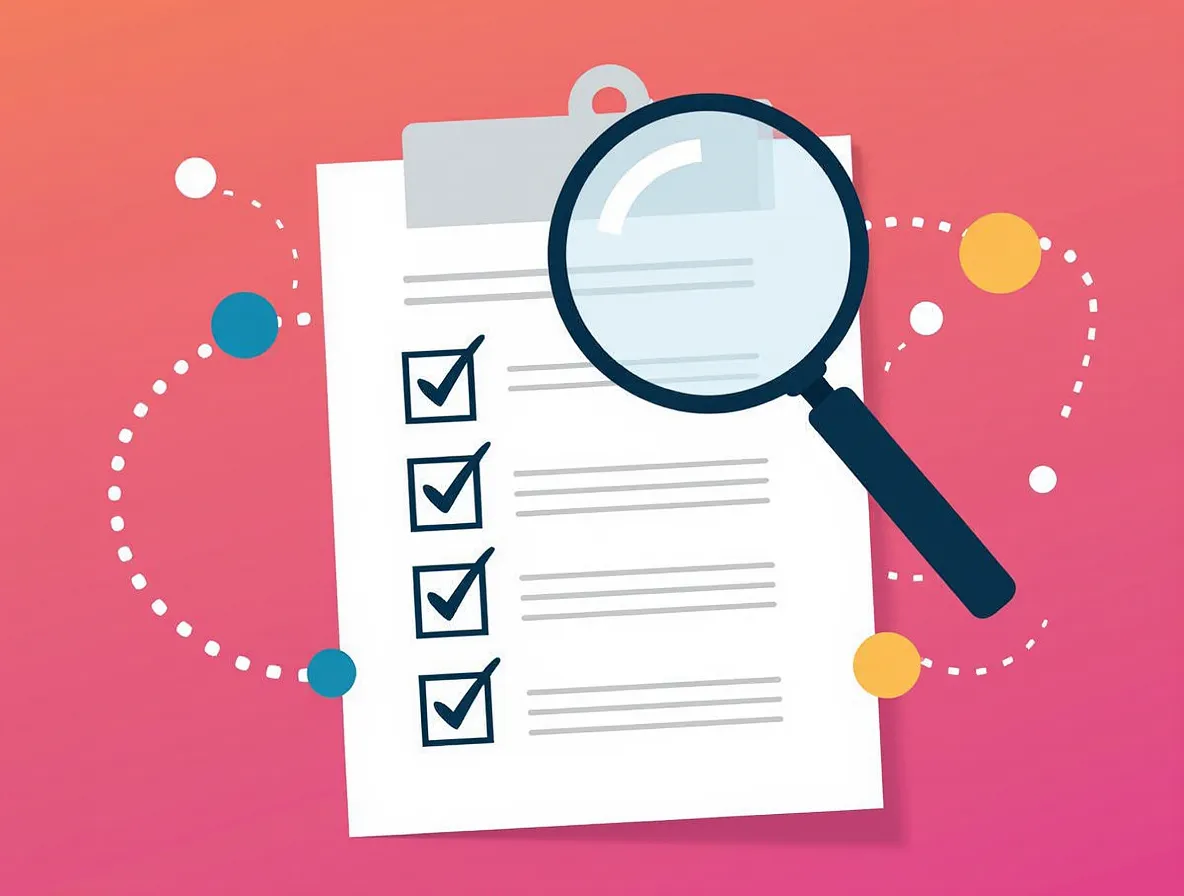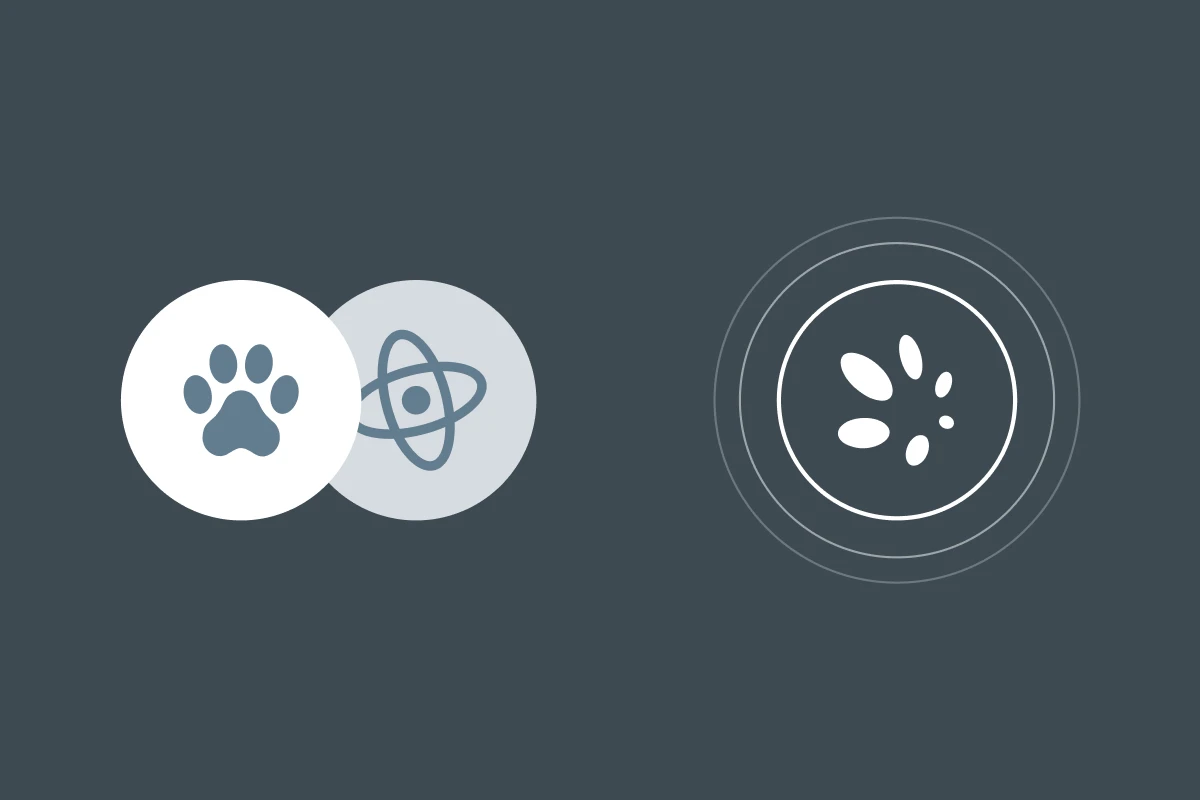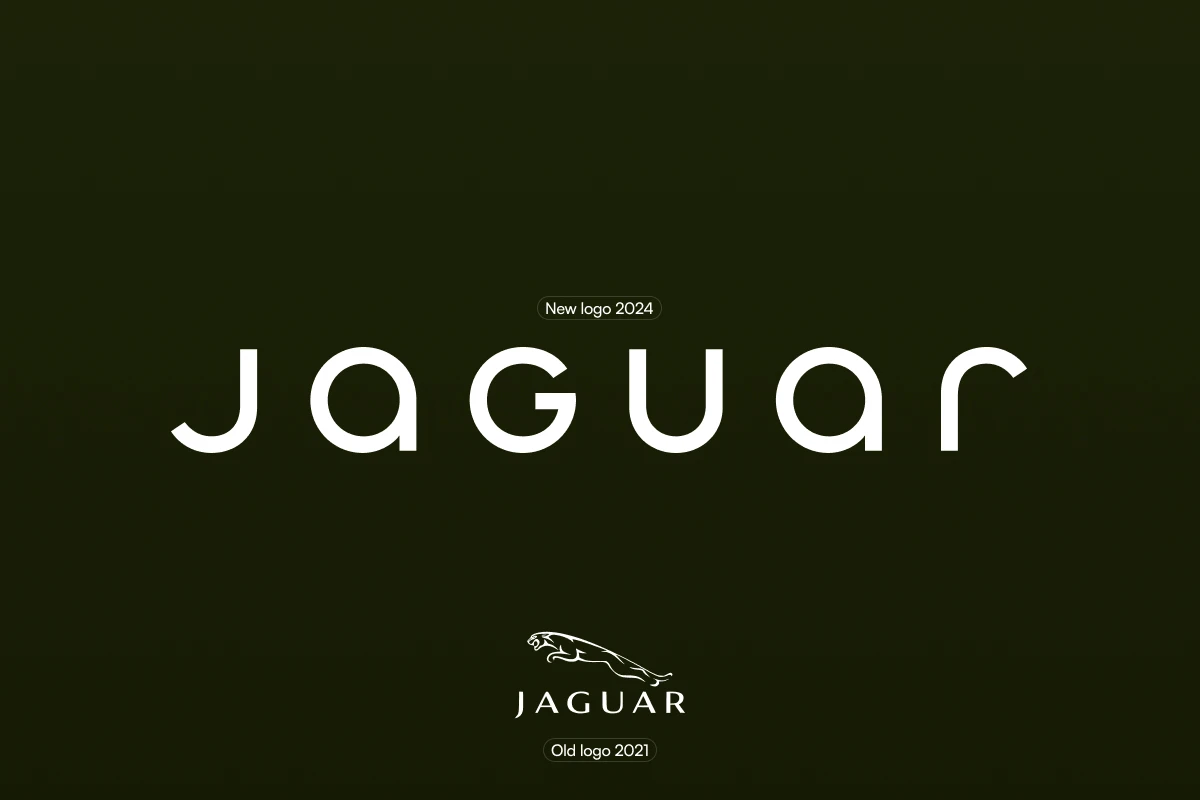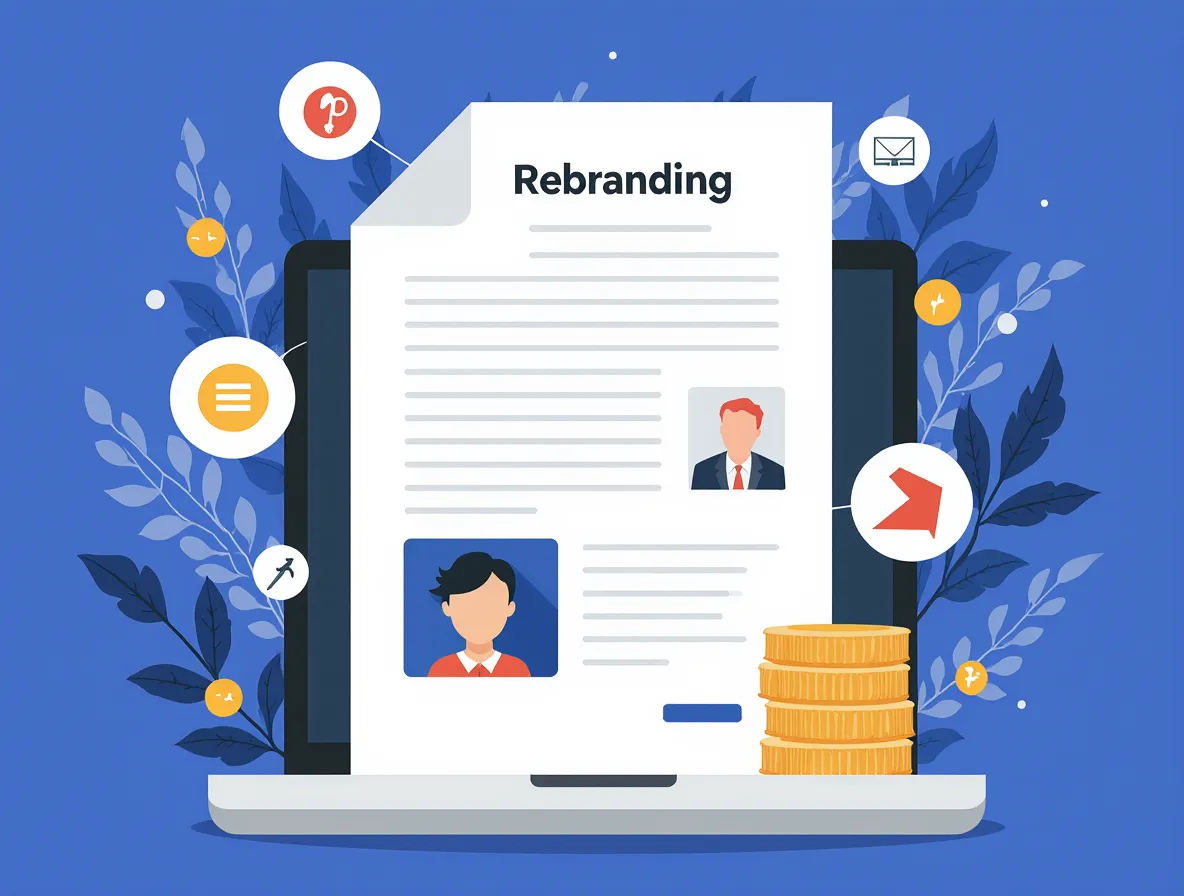Your current brand is costing you money. Every day you delay rebranding, competitors with stronger brands win contracts you should have secured.
This happens because your brand no longer matches your business reality. You've grown, evolved, or expanded, but your brand still reflects who you were three years ago. Customers can't understand what you do now or why they should choose you.
How to rebrand a small business effectively requires strategic thinking, not just design changes. This guide shows you exactly how to rebrand your small business to drive growth, attract ideal customers, and increase profitability.
Successful rebranding leverages psychological principles that influence customer behavior and perception. Understanding these mechanisms helps you design more effective brand strategies.
- Mere Exposure Effect explains why gradual brand introductions work better than sudden changes. Customers develop preference for familiar stimuli through repeated exposure. Phase your rebrand rollout across 90-180 days to allow market adaptation.
- Cognitive Consistency Theory shows why dramatic brand changes can create customer resistance. People prefer consistency between their existing beliefs and new information. Connect your new brand to positive aspects of your old brand to reduce cognitive dissonance.
- Social Proof Dynamics demonstrate how customer testimonials and success stories accelerate rebrand acceptance. Showcase existing customer satisfaction with your business quality to transfer trust to your new brand identity.
- Anchoring Bias Impact reveals how first impressions disproportionately influence ongoing perceptions. Your rebrand launch creates a new anchor point for customer judgments. Invest heavily in launch execution to establish strong positive associations.
- Brand Attachment Formation occurs through emotional connection and repeated positive experiences. Design customer touchpoints that create emotional resonance and memorable interactions to accelerate new brand attachment.
Ready to start transforming your business, but need expert support? At Celerart, we specialize in rebranding small businesses and can help you avoid common mistakes, save time, and get a brand identity that really works for growth. Details about our rebranding agency.
When Should You Consider Small Business Rebranding?
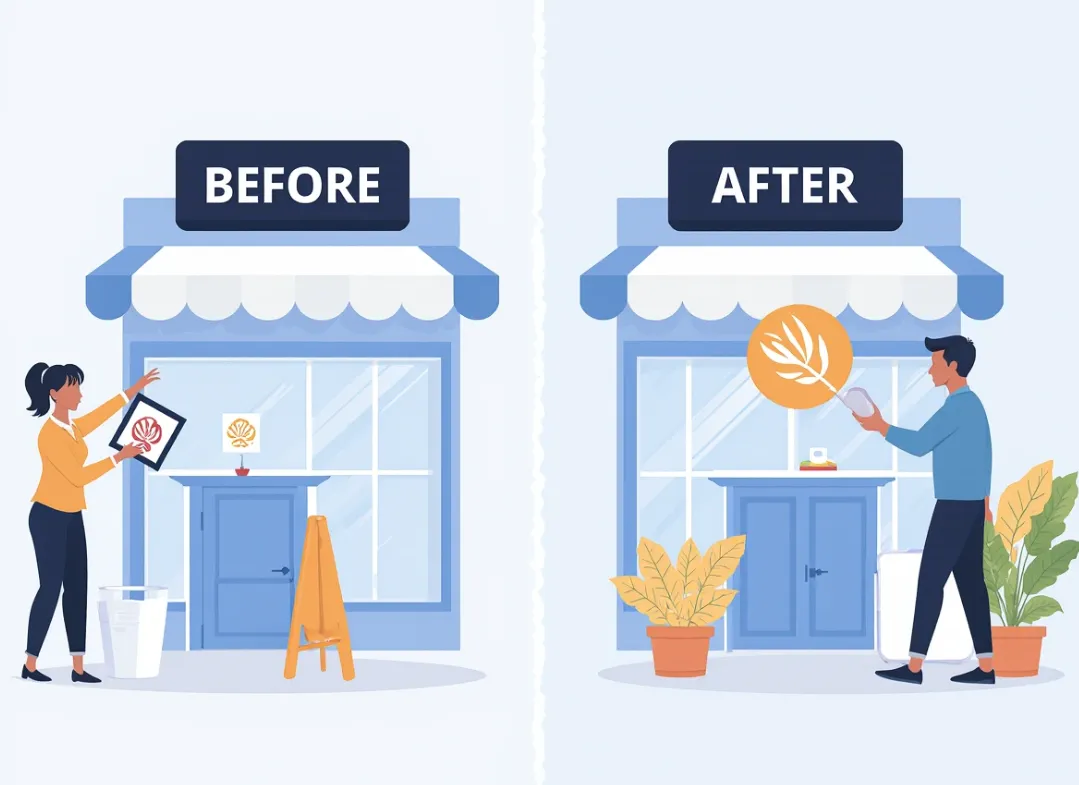
Your business needs rebranding a small business approach when your current brand limits growth rather than enabling it. Key indicators include declining sales despite quality products, customer confusion about your offerings, or feeling embarrassed when handing out business cards.
Market research shows that 89% of successful small business rebranding projects happen in response to specific triggers:
- Outdated visual identity: Your logo looks like it belongs in the 1990s
- Business evolution: Your services have expanded beyond your original brand scope
- Target audience shift: You're attracting the wrong customers or pricing tier
- Competitive pressure: Similar businesses consistently win clients with stronger brands
- Geographic expansion: Moving to new markets where your brand doesn't resonate
- Partnership changes: New ownership or major stakeholder changes
Launch during your slowest business quarter. Avoid December (customers ignore changes), January (budget constraints), or during major industry events. Spring and early fall work best for most businesses.
{{vad-quote-1}}
What Are the Core Elements of Business Rebranding?
Business rebranding encompasses five interconnected elements that work together to create a cohesive new identity. Each element must align with your strategic objectives and target audience expectations.
- Visual Identity forms the foundation of recognition. This includes your logo, color palette, typography, imagery style, and all design elements. Your visual identity should communicate your brand personality at first glance and remain memorable across all touchpoints.
- Brand Messaging defines how you communicate with your audience. This covers your mission statement, value propositions, tone of voice, and key messages. Effective messaging addresses customer pain points while highlighting your unique solutions.
- Brand Positioning establishes where you fit in the competitive landscape through detailed competitive analysis. This strategic element determines your target market, pricing strategy, and differentiation from competitors. Strong positioning creates a clear reason for customers to choose you over alternatives.
- Customer Experience encompasses every interaction customers have with your brand. From website navigation to customer service protocols, each touchpoint should reinforce your new brand identity and values.
- Internal Culture ensures your team embodies the new brand. Employees must understand and live the brand values to deliver authentic experiences that match your external promises.
Rebranding is only part of the comprehensive work involved in positioning your business. Explore additional strategies that will help maximize the impact of your updated brand:
- Rebranding Guide: A Complete Guide to Brand Renewal
- Rebranding Strategies: How to Build a Successful Path
- Rebranding vs. Brand Refresh: How to Choose the Right Scale of Change
How to Conduct Pre-Rebranding Competitive Analysis
Start rebranding your small business journey with detailed analysis of your current position. This foundation prevents costly mistakes and ensures your new brand addresses real business needs rather than superficial preferences.
Financial Performance Review reveals the business impact of branding issues. Analyze revenue trends, customer acquisition costs, lifetime value, and profit margins over the past three years. Compare your metrics against industry benchmarks to identify gaps.
Document specific revenue losses tied to brand perception. For example, track lost deals where competitors won despite higher prices, or calculate the cost of discounting to compete when your brand doesn't command premium pricing.
Customer Research reveals why people actually buy from you versus why you think they do. Understanding customer perception helps identify gaps between your intended brand image and market reality. Survey existing customers about brand associations, purchase motivations, and improvement suggestions.
Run this research sequence:
- Phone interviews with your top 15 customers (20 minutes each)
- Online survey to remaining customer base (target 80+ responses)
- Exit interviews with 5-10 prospects who chose competitors
- Social media sentiment search for your business name
- Google Analytics review for website behavior patterns
The goal: Find gaps between your brand promise and customer perception.
Competitive Landscape Mapping identifies market opportunities and threats through thorough competitive analysis. Create detailed profiles of your top 5-7 competitors, analyzing their positioning, messaging, visual identity, pricing, and customer experience strategies.
Building Your New Brand Strategy
Your brand strategy serves as the blueprint for all rebranding decisions. This strategic foundation ensures consistency across all brand elements and provides clear direction for implementation.
Target Audience Redefinition starts with creating detailed customer personas based on your analysis. Move beyond demographics to understand psychographics, behaviors, and decision-making processes. Consider how your ideal customers have evolved since your original small business branding efforts.
Define primary and secondary audiences with specific characteristics:
- Primary: Decision-makers who directly purchase your products/services
- Secondary: Influencers who affect purchase decisions but don't buy directly
- Tertiary: Stakeholders who impact your business success (employees, partners, investors)
Value Proposition Development articulates why customers should choose your business. Your value proposition must be specific, measurable, and differentiated from competitors. Avoid generic claims like "quality service" or "competitive prices."
Structure your value proposition using this formula: "We help [target audience] achieve [desired outcome] by [unique approach], unlike [alternative] that [limitation]."

Brand Identity development includes both visual and messaging components that differentiate your business. Your brand personality and voice humanize your business and guide communication decisions across all customer touchpoints.
Choose 3-5 personality traits that align with customer expectations and business objectives. Document how these traits translate into communication style, imagery choices, and customer interactions.
Mission and Vision Refinement provides direction and inspiration for internal and external stakeholders. Your mission explains your current purpose, while your vision describes your future aspirations. Both should be memorable, actionable, and aligned with customer needs.
What Budget Should You Allocate for Small Business Rebranding?
Rebranding costs vary significantly based on scope, timeline, and execution approach. Most small businesses invest between 2-7% of annual revenue in comprehensive rebranding, with costs ranging from $5,000 to $75,000.
DIY Rebranding Costs ($1,000 - $5,000):
- Logo design tools and software subscriptions
- Website template and customization
- Photography and stock images
- Print materials and signage updates
- Social media graphics and templates
Professional Services Rebranding ($10,000 - $35,000):
- Brand strategy consultation
- Logo and visual identity design
- Website redesign and development
- Marketing materials creation
- Implementation support
Full-Service Rebranding ($25,000 - $75,000+):
- Comprehensive brand audit and strategy
- Custom logo and complete visual system
- Professional website development
- Marketing campaign development
- Launch event and promotion
- Ongoing support and optimization
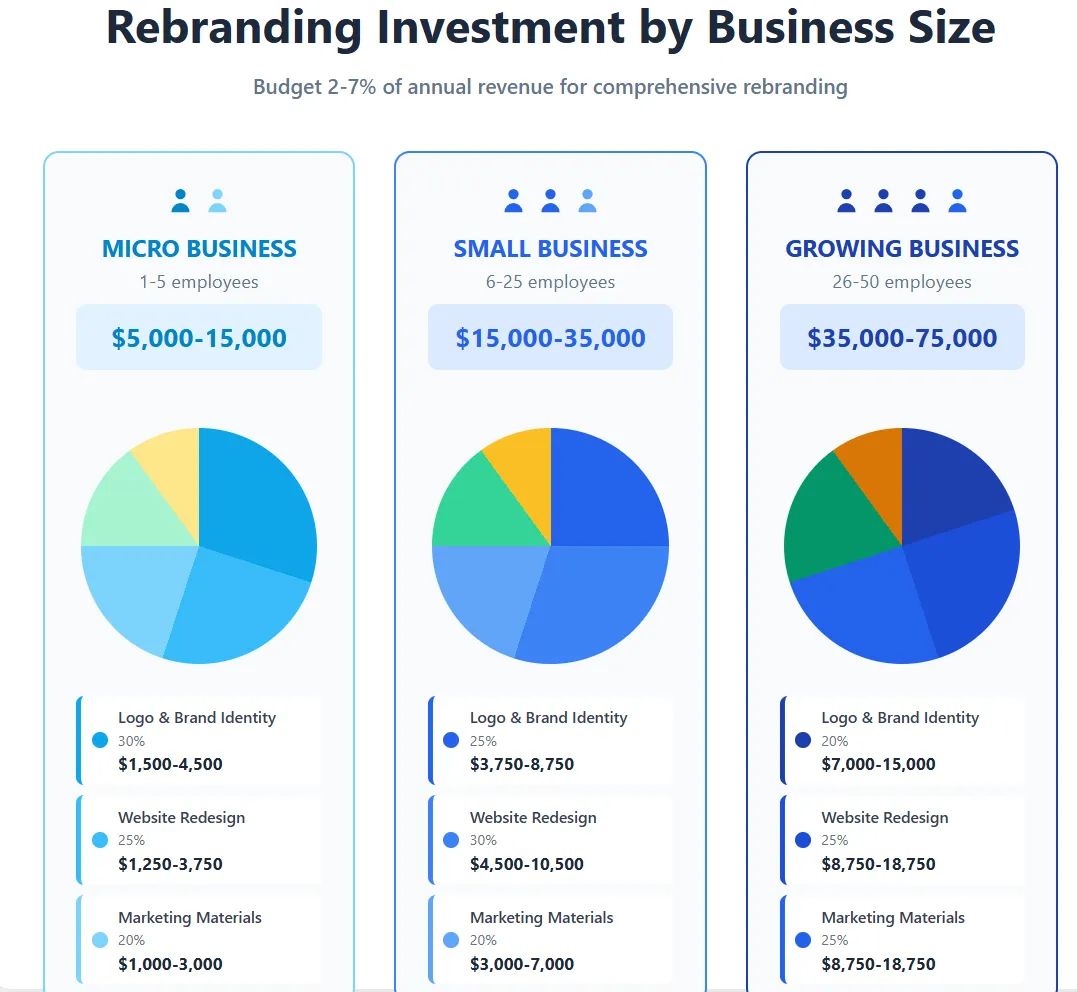
{{mike-quote-1}}
Consider these cost-saving strategies for your rebranding small business project:
- Phase the rebrand over 6-12 months to spread costs
- Prioritize high-impact elements first (logo, website, business cards)
- Use existing photography where possible
- Negotiate package deals with service providers
- Plan rebrand timing to coincide with natural refresh cycles
Designing Your New Visual Identity
Visual identity creates the first impression and lasting recognition for your rebranded business. Professional design work pays dividends through improved customer perception and competitive differentiation.
Logo Design Principles guide creation of your primary brand mark. Your new logo must work across all applications, from business cards to building signs. Consider these requirements for effective brand identity:
- Scalability: Logo remains legible at sizes from favicon (16px) to billboard (20+ feet)
- Versatility: Works in color, black and white, and single color applications
- Timelessness: Avoids trendy elements that quickly become dated
- Memorability: Creates distinctive recognition within your industry
- Appropriateness: Matches your industry and target audience expectations
Color Psychology Application influences customer emotions and brand perception. Choose colors based on psychological impact and competitive differentiation:
- Blue conveys trust and professionalism (finance, healthcare, technology)
- Green suggests growth and sustainability (environmental, wellness, financial)
- Red creates urgency and energy (food service, entertainment, retail)
- Orange communicates friendliness and creativity (education, creative services)
- Purple implies luxury and innovation (beauty, premium services)
Select a primary color, 2-3 secondary colors, and define specific color codes (HEX, RGB, CMYK, Pantone) for consistency across all applications and brand touchpoints.
Typography Selection affects readability and brand personality. Choose two font families maximum: one for headlines and another for body text. Ensure selected fonts are available across all platforms and applications your business uses.
Consider these typography personality associations:
- Serif fonts (Times, Georgia): Traditional, trustworthy, established
- Sans-serif fonts (Arial, Helvetica): Modern, clean, approachable
- Script fonts (Brush Script, Lobster): Personal, creative, elegant
- Display fonts (Impact, Bebas): Bold, attention-grabbing, contemporary
How to Develop Compelling Brand Messaging
Brand messaging translates your strategy into words that resonate with customers and differentiate your business. Consistent messaging across all touchpoints builds recognition, trust, and brand equity.
Mission Statement Creation requires clarity about your business purpose beyond profit. Your mission should answer why your business exists and what value you provide to customers and community.
Use this structure: "Our mission is to [action] for [audience] by [method] so that [outcome]."
Example: "Our mission is to simplify financial planning for small business owners by providing clear, actionable advice so that they can focus on growing their businesses instead of worrying about money."
Value Proposition Refinement focuses on customer benefits rather than business features. Structure your value propositions using the "So What?" test - after each statement, ask "So what?" until you reach the ultimate customer benefit.
Develop three types of value propositions:
- Primary: Main reason customers choose you
- Secondary: Additional benefits that differentiate you
- Tertiary: Supporting advantages that reinforce choice
Tone of Voice Guidelines ensure consistent communication personality across all channels. Define your brand voice using 3-5 specific adjectives, then create examples of how this voice sounds in different situations.
Document voice characteristics:
- Formal vs. Casual: Match your audience expectations
- Serious vs. Playful: Align with industry norms and customer preferences
- Traditional vs. Innovative: Reflect your market positioning
- Authoritative vs. Collaborative: Consider your customer relationship style
Common Small Business Rebranding Mistakes to Avoid
Learning from others' mistakes saves time, money, and market credibility. These three errors appear in 80% of failed rebranding a small business attempts.
To avoid these common mistakes and achieve results that will truly increase sales, many entrepreneurs turn to Celerart for expert rebranding support. We help clients navigate the entire process from analysis to launch day without losing their customer base. Details here – https://celerart.com/services/brand-identity/rebranding.
Mistake 1
Changing Everything at Once overwhelms customers and creates unnecessary confusion. Many business owners assume rebranding means completely starting over, discarding valuable brand equity built over years.
This approach seems logical because you want a "fresh start" and a unified new look across all materials. However, customers who found value in your original brand experience cognitive whiplash when everything changes simultaneously.
The cost of this mistake: Complete brand changes can decrease customer retention by 35-50% in the first six months. You lose the trust and familiarity that took years to build, essentially starting from zero in customer relationships. Recovery typically requires 12-18 months and significant marketing investment to rebuild recognition and trust.
Mistake 2
Ignoring Customer Input During the Process assumes business owners know what customers want without asking them. This mistake happens when entrepreneurs make rebranding decisions based on personal preferences or internal team opinions rather than market research.
Business owners make this choice because customer research seems time-consuming and potentially expensive, and they believe they understand their customers well enough to make decisions independently.
The cost of this mistake: Brands that ignore customer input have a 67% higher chance of market rejection. Customers feel disconnected from the new brand, leading to decreased loyalty and negative word-of-mouth marketing. The financial impact includes lost customers, increased acquisition costs, and potential need for additional rebranding cycles within 2-3 years.
Mistake 3
Inconsistent Implementation Across Touchpoints creates a fragmented brand experience that confuses customers and weakens brand impact. This happens when businesses update some materials but leave others unchanged, or when different team members interpret brand guidelines differently.
This mistake occurs because comprehensive implementation requires significant coordination and investment, and business owners often underestimate the number of touchpoints requiring updates.
The cost of this mistake: Inconsistent branding reduces brand recognition by up to 40% and decreases perceived professionalism. Customers question business competency and attention to detail, directly impacting trust and purchase decisions. The long-term effect includes weakened market position and reduced pricing power compared to consistently branded competitors.
{{vad-quote-2}}
Step-by-Step Rebranding Implementation Plan

Successful rebranding requires systematic execution across multiple phases. This structured approach minimizes disruption while maximizing market impact.
Phase 1: Internal Preparation
Begin with internal stakeholder alignment and team preparation. Your employees become brand ambassadors, so their buy-in determines external success.
Conduct team workshops explaining rebrand rationale, new brand strategy, and individual role expectations. Address concerns and resistance early to prevent internal sabotage of external efforts.
Create detailed implementation timelines, assign specific responsibilities, and establish quality control processes. Order new business cards, update email signatures, and prepare staff for customer questions about changes.
Phase 2: Digital Asset Updates
Digital touchpoints require immediate attention because they're highly visible and relatively quick to update. Start with your website, social media profiles, and email templates.
Update these digital elements systematically:
- Website design, content, and imagery
- Social media profiles, cover images, and bio information
- Email signature templates for all staff
- Online directory listings (Google My Business, Yelp, industry directories)
- Digital marketing materials and advertising campaigns
Phase 3: Physical Materials Rollout
Physical materials create lasting impressions and require longer lead times for production. Plan this phase carefully to avoid inventory waste and gaps in materials availability.
Priority order for physical updates:
- Business cards and stationery for immediate use
- Signage and storefront displays for location visibility
- Marketing brochures and sales materials for customer interactions
- Packaging and product labels for brand consistency
- Vehicle wraps and uniforms for mobile brand representation
Phase 4: Marketing and Communications
Launch coordinated marketing campaigns announcing your rebrand and explaining the changes to customers. Focus on benefits and continuity rather than just visual changes.
Communication strategy elements:
- Email announcement to existing customer database
- Social media campaign with behind-the-scenes content
- Press release for local media and industry publications
- Website blog posts explaining rebrand story and vision
- Customer appreciation events or special offers
{{mike-quote-2}}
How to Communicate Your Rebrand to Customers
Customer communication strategy determines whether your rebrand strengthens or weakens customer relationships. Transparent, benefit-focused messaging builds trust and excitement around your new direction.
Pre-Launch Communication prepares your audience for upcoming changes and builds anticipation. Start communicating 4-6 weeks before launch to give customers time to process the information.
Use these communication channels in order:
- Personal calls or meetings with top 20% of customers
- Email announcement to full customer database
- Social media teasers and behind-the-scenes content
- Website banner or pop-up notification
- Direct mail for high-value customer segments
Launch Day Strategy maximizes impact through coordinated multi-channel reveals. Treat your rebrand launch like a grand opening event that celebrates your evolution.
Execute simultaneous updates across:
- Website homepage transformation
- Social media profile updates with announcement posts
- Email blast to full database with rebrand story
- Press release distribution to media contacts
- Staff social media sharing for personal network reach
Post-Launch Follow-Up reinforces messages and addresses any customer concerns or confusion. Monitor customer feedback closely and respond quickly to questions or negative reactions.
Maintain communication momentum through:
- Weekly social media content showcasing new brand in action
- Customer success stories highlighting continuity of service quality
- Blog posts exploring different aspects of your brand evolution
- Email series explaining new brand values and commitments
- Surveys collecting customer feedback on rebrand reception
Measuring Rebranding Success and ROI
Tracking rebrand performance ensures your investment delivers measurable business results. Establish baseline metrics before launch and monitor progress against specific goals.
Brand Awareness Metrics measure recognition and recall improvements:
- Aided and unaided brand recognition surveys
- Website traffic increases from branded search terms
- Social media followers and engagement rates
- Brand mention frequency in industry publications
- Customer referral rates and word-of-mouth activity
Business Performance Indicators connect branding changes to revenue impact:
- Sales revenue changes in rebrand periods vs. comparable historical periods
- Customer acquisition rates and cost per acquisition improvements
- Average transaction values and customer lifetime value changes
- Market share growth within your competitive segment
- Pricing power improvements through premium positioning
Customer Satisfaction Measures ensure rebrand enhances rather than disrupts customer relationships:
- Net Promoter Score (NPS) tracking before, during, and after rebrand
- Customer retention rates through rebrand transition period
- Support ticket volume and nature of customer questions
- Online review sentiment analysis and rating improvements
- Customer survey feedback on new brand perception
Set measurement timeframes appropriate for your business cycle:
- 30 days: Initial market reaction and immediate feedback
- 90 days: Customer adaptation and retention impact
- 180 days: Business performance changes and ROI calculation
- 365 days: Long-term brand equity and competitive position improvements
{{vad-quote-3}}
Long-Term Brand Management After Rebranding
Successful rebranding extends beyond launch day into ongoing brand stewardship. Consistent management protects your investment and builds long-term brand equity.
Brand Guidelines Development ensures consistency as your business grows. Create comprehensive documentation covering logo usage, color specifications, typography, photography style, and messaging guidelines.
Include practical examples showing correct and incorrect applications. Train all team members on guidelines and create approval processes for external vendors and partners.
Regular Brand Audits identify inconsistencies and drift from brand standards. Conduct quarterly reviews of all customer touchpoints, marketing materials, and communication channels.
Audit checklist items:
- Visual consistency across all materials and channels
- Message alignment with brand positioning and values
- Customer experience consistency with brand promises
- Competitive positioning maintenance and differentiation
- Brand guideline compliance by team members and vendors
Continuous Brand Evolution adapts your brand to changing market conditions without losing core identity. Plan annual brand strategy reviews to assess market relevance and competitive position.
Consider gradual updates to:
- Messaging to reflect business growth and expanded capabilities
- Visual elements to stay current with design trends
- Customer experience to meet evolving expectations
- Market positioning as competitive landscape changes
Small business rebranding represents a significant investment in your company's future growth and market position. Success requires careful planning, systematic execution, and ongoing commitment to brand stewardship.
The businesses that thrive after rebranding are those that view it as a strategic transformation rather than just a cosmetic update. They invest in understanding their customers, differentiating from competitors, and creating consistent experiences that build lasting relationships.
Your rebrand should position your business for the next chapter of growth, not just fix current problems. Take time to get the strategy right, execute with precision, and measure results to ensure your investment delivers the growth and recognition your business deserves.
Sometimes a complete rebrand isn't necessary - a strategic brand refresh can achieve your goals with less disruption and cost. Brand refresh involves updating specific elements while maintaining core brand recognition and equity.







